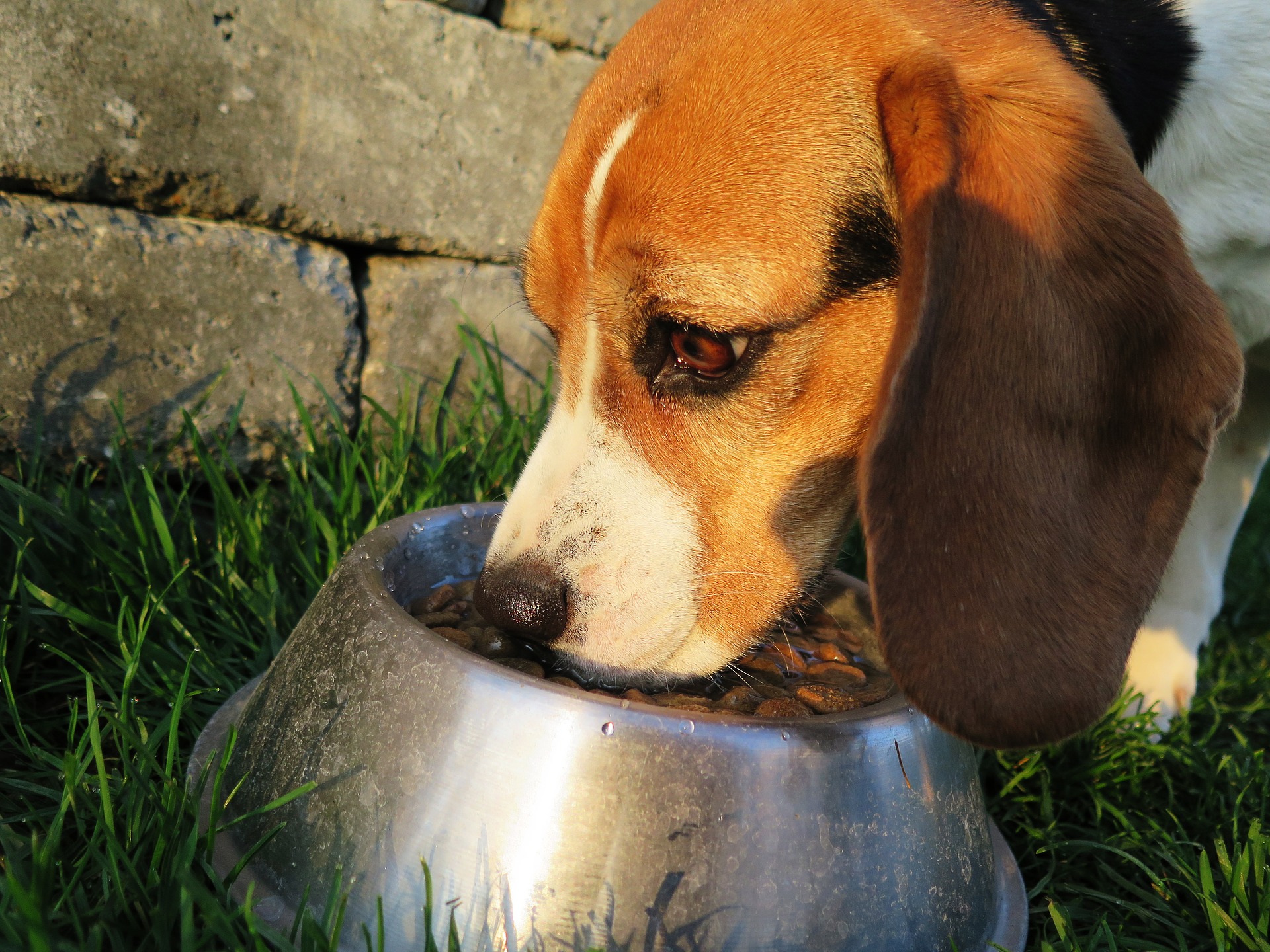A dog is a cherished member of the family, and your best friend. After all of the time you have spent together, you know their personality – and you can probably tell when something is wrong. A change in your dog’s behavior is a sure sign that something is wrong, and it often is related to his food. Dog diets, like human diets, can greatly affect our health, mood and behavior – so how can you tell when your dog may need a change in his meal plan?
Many of the signs that his food is no longer right for him can also be signs of sickness. If you see any of these indications or behaviors, it is a good idea to bring your dog to his vet to determine what is going on. If a change in diet is warranted, they can advise you as to the best food to provide.
Dog Diets Change Over Time
Most dog owners have gotten into a routine with their pets, and they rarely deviate from the formula. But as dogs age and their bodies change, the same food they have always eaten may now be causing problems. Look for these warning signs:
- Lethargy or Decreased Energy: If your ordinarily energetic dog suddenly seems sleepy, lazy or lethargic, it may be time for a change in diet. Their body chemistry changes over time and they may require different nutrients to keep them in top form.
- Look for Signs of Sickness: If your dog has begun vomiting, gagging or his bathroom habits have changed, he may be ill – or his food may not be agreeing with him. Although it is obviously difficult to tell if your dog is feeling a bit queasy, check for excessive drooling , or take note if he is obsessively licking things all of a sudden. His stomach may be upset.
- Disinterest in Food: If your dog used to eagerly await your arrival with the dog bowl, and now seems disinterested, it may be time for a change of diet. You may also notice him eating less and less, or not touching a food he used to gulp down.
- Weight Loss or Weight Gain: If your dog is losing too much weight, he may not be eating enough. Conversely, if there is too much weight gain, your dogs diet may be too high in calories. (or you need to give him more exercise!) Of course, both of these can indicate an illness, so if adjusting their food doesn’t seem to help the situation, be sure to bring them in for a checkup.
- Dull Coat: If your dog’s coat is dull, brittle or dry; or their skin is dry and flaky, they may be lacking in nutrients which they need. As with other symptoms and warning signs, if changing their diet doesn’t affect their coat or skin and it continues to suffer, a vet’s visit is in order.
- Swollen Abdomen: Dog diets often result in overweight animals, so his bigger belly may simply be a fat dog. However, a distended abdomen could be many other things. Don’t neglect to keep a close eye on the situation.
Because they can’t speak to us, our dogs rely on us to recognize changes in their behavior patterns. A dogs diet may be the cause, but so could fear or anxiety. If you have any questions, ask their doctor. And if you determine that your pet simply needs to get more exercise, dispel boredom, or be more social – consider Gulf Coat K9 Training Play Care. They will have fun and get healthy all at the same time!





